I have been conceptualizing characters of our Mayan sagas for several years, and starting about 2013-2014 we began to do initial sketches. By 2015 we had an in-house team doing more illustrations. I did the storyboards, but each artist put their own heart and soul into how to express my ideas.
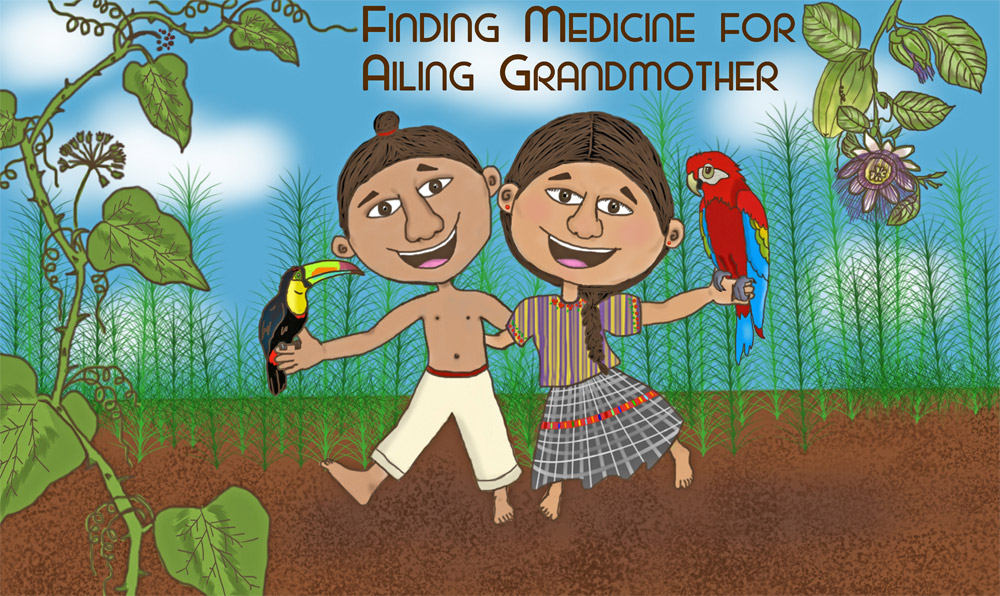

Drawings by Melanny Celeste Quiñones, copyright FLAAR 2015.
I am still doing technical evaluations of digital imaging equipment. FLAAR has been an international leader in wide-format inkjet printing for over 15 years (read by about half a million people around the world).
I am still doing scholarly research and writing articles on Mayan plants and animals, and I still lecture on Mayan archaeology at museums. But since I work 14 hours a day all week, I spend portions of every evening and weekend now working on developing our cartoon characters.
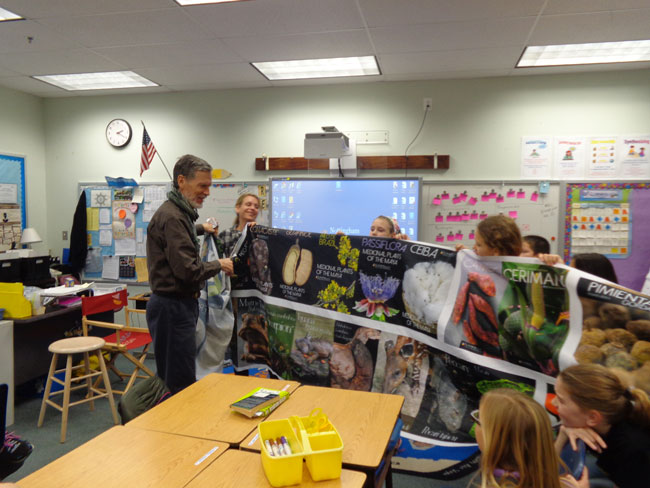
Here is a FLAAR presentation to elementary school in Arlington, Virginia (organized by photograph studio owner, Julie, daughter of Nicholas’s architect brother George).
Friendly, funny comics can also be educational, since a peer-reviewed journal article is tough to hold the attention of most students. So we do academic reports for those who naturally prefer this level, but now we are “translating” our decades of knowledge for the rest of the world.
The Crocodile and Alligator (Caiman) of our comic books
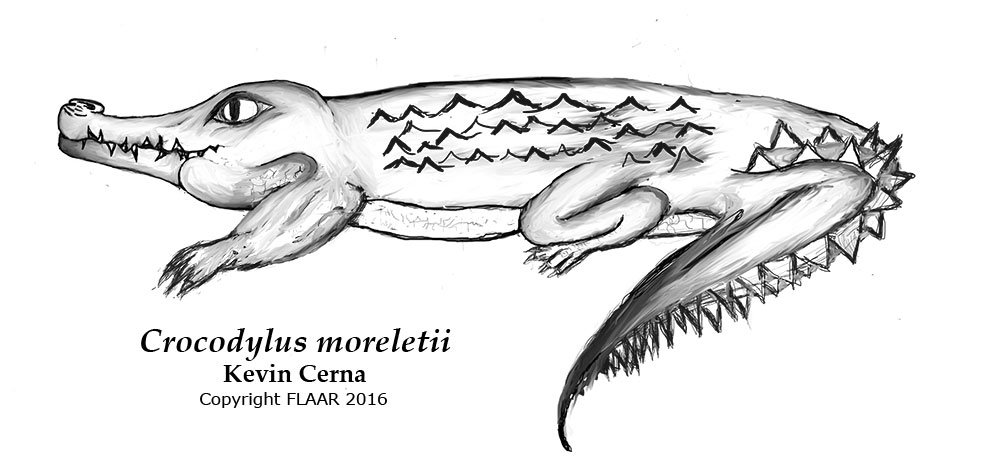
There are three species of crocodilians in the Mayan world, and my PhD dissertation included crocodile and caiman representations at Copan, Izapa, and other Mayan sites. So we will introduce Cracky Crocodile and Kyman (Caiman) Alligator.
Water birds are important: Billy the Boat-Billed Bird is one
Much of my PhD dissertation was on water birds of the Mayan rivers and swamps. Plus I lived on the shores of Lake Yaxha in the remote Peten area of Guatemala for five annual field seasons, creating a national park here in the 1970’s. So not much surprise that water birds will be in our adventures.
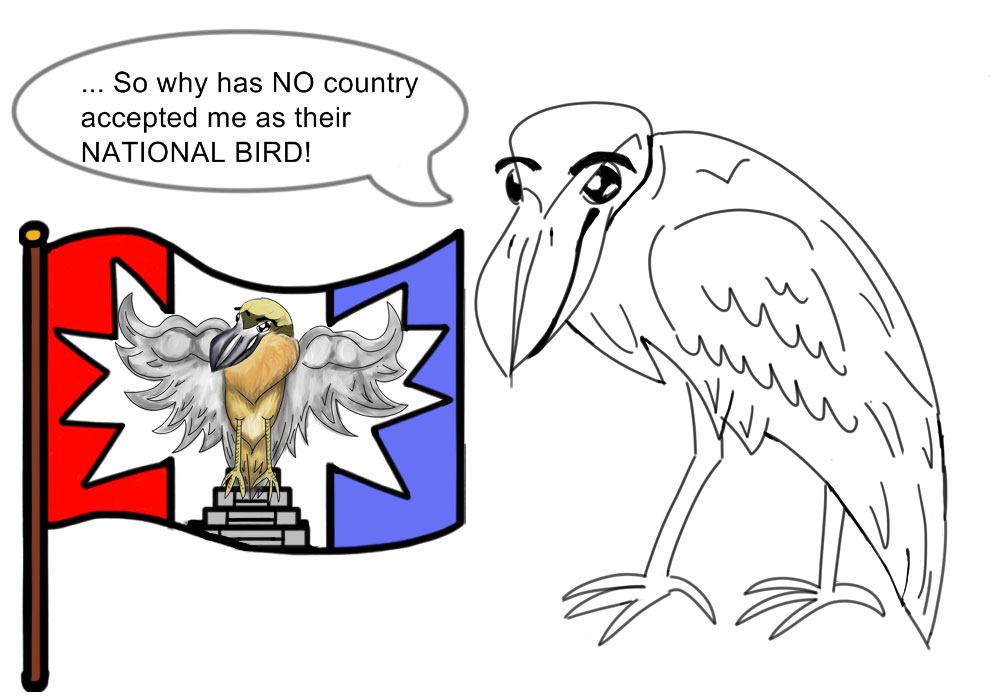
Ironically this bird was featured by Olmec-related pre-Maya cultures such as on the Tuxtla Statuette. Drawing by Milka Girardi, illustrator at FLAAR, copyright 2016.
This bird is continually upset that people think it is a duck, because of its duck-billed appearance. But obviously we will also do a bird comic character which is totally different than Donald Duck, Uncle Scrooge, or Daffy Duck.
Jaguars, Pumas and Jaguarundi
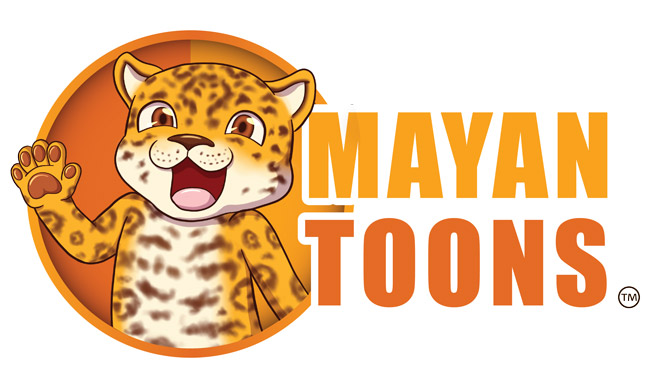
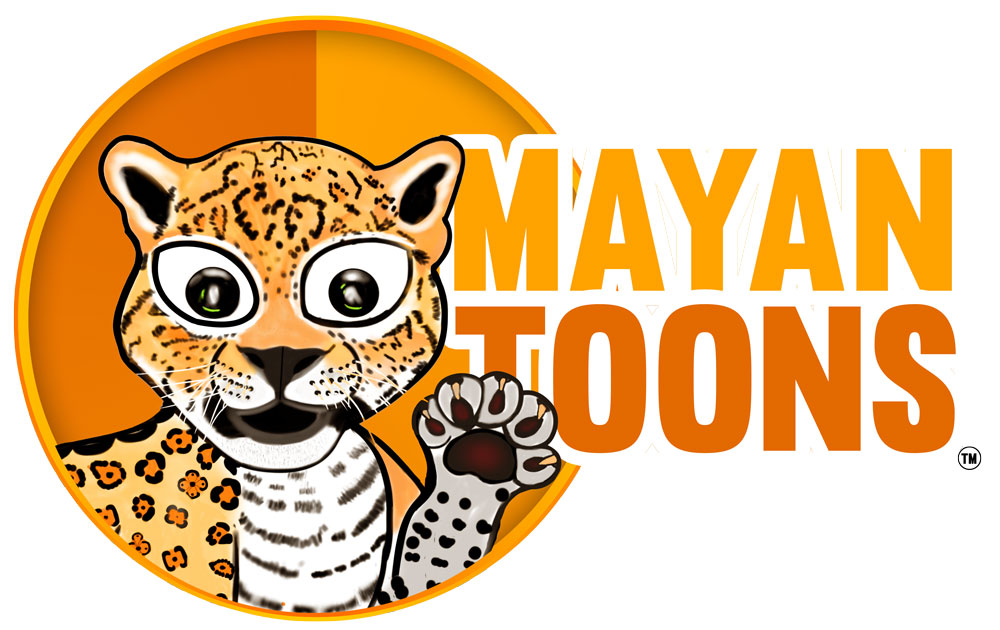
Lots of feline characters, my favorite jungle animals. Indeed our logo is Jagggy the Jaguar. Jaggy and Jagy are already used (for clothing). Our Jagggy has nothing to do with clothing: it’s an actual Jaguar!
Female Mayan comic book characters
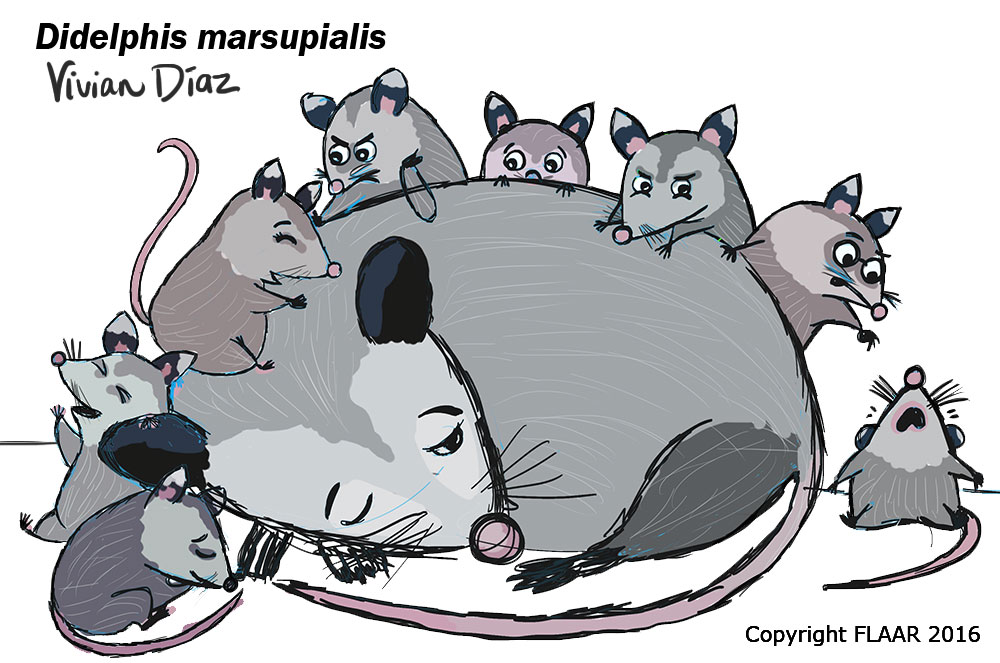
Drawing by Vivian Diaz, copyright FLAAR 2016.
Several more female Mayan characters will be in our comic books, indeed one of the heroes will be female.
Plus the comic book sagas will have other female Mayan characters: children, tweens, teens, wives, mothers, aunts, and grandmothers.
Comic character bad guys
Our focus is on ethical values and cultural values, but even in the best of situations there are individuals who are unethical and engaged in inappropriate behavior. So yes, there will be bad guys.
Political Satire
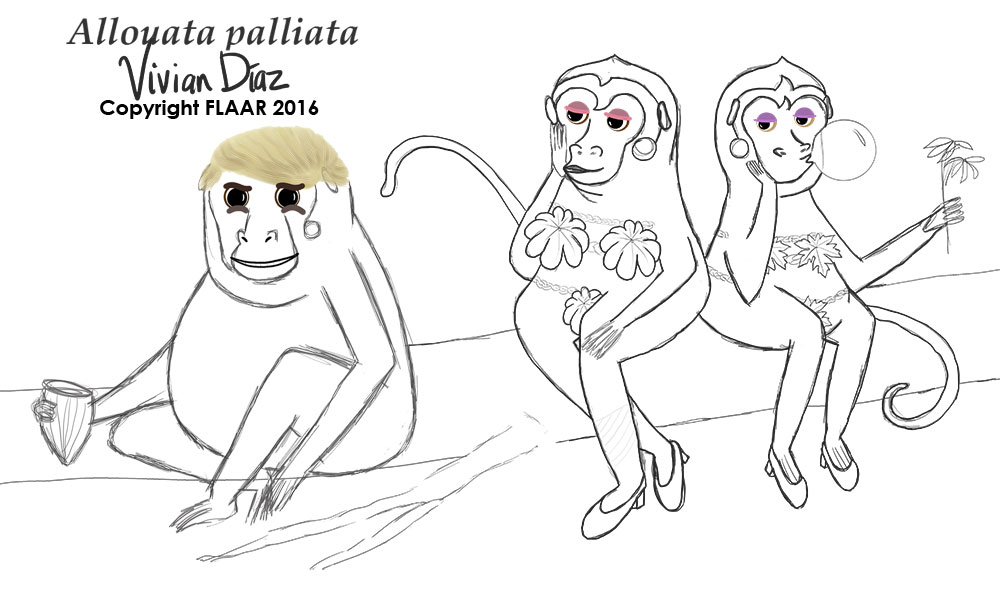
The Howler Monkey is an actual animal in Mexico and Central America, and is world renowned for being loud, noisy, and repetitive (making same shouting every time).
Drawing by Vivian Diaz, copyright FLAAR 2016.
Mexican people made crucial impressive inventions before gringos
USA, “America” discovered how to vulcanize rubber circa 1839: Thomas Goodyear. We all learn this in “American” elementary school.
But how many elementary school textbooks teach that the vulcanization of rubber was discovered IN MEXICO? about 3500 years before “American” Thomas Goodyear!
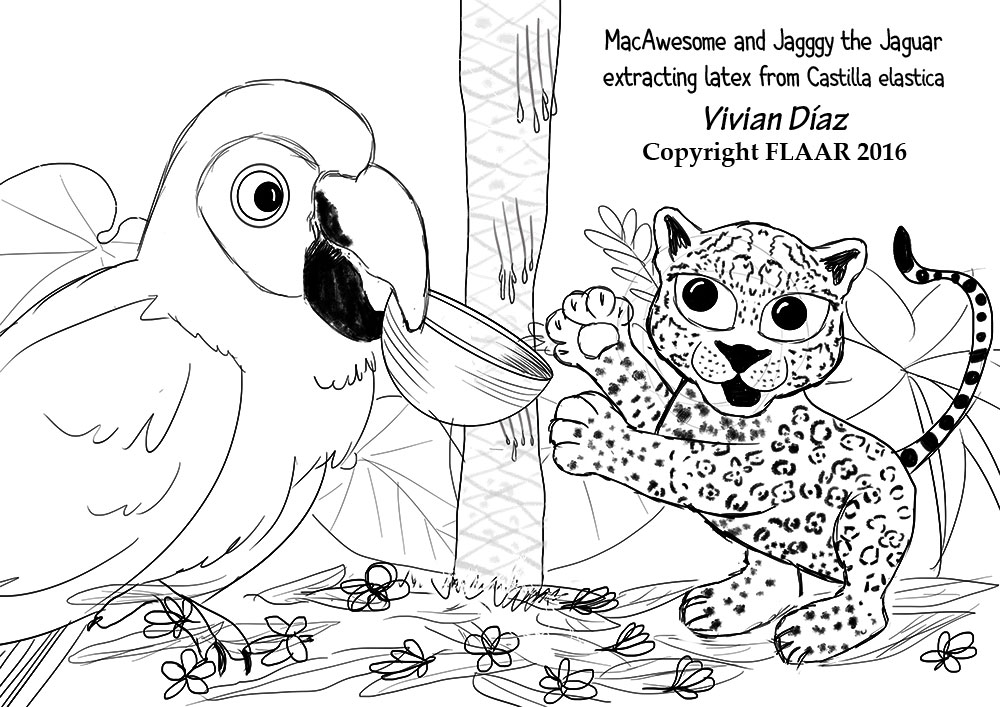
So we will have a cute illustrated discussion of native rubber processing of Mesoamerica, and how it was vulcanized long, long, long before “Americans” figured this out.
Sketch by Vivian Diaz, copyright FLAAR 2016.
So the MayanToons comic books will document the inventions, scientific discoveries, and advances of the people of Mexico, Guatemala, Honduras, and nearby countries THOUSANDS of years before “America” was invented.
The Mexican instructors who taught me English in Saltillo, the Mexico people I worked with at age 17 in near Lake Necaxa (near Huachinango, Puebla), the Mexican people who provided hospitality for decades while I was photographing pre-Columbian archaeological art and ancient rubber ballgame ball court architecture in Veracruz, Tabasco, Campeche, Yucatan, Quintana Roo, Chiapas, and Oaxaca, and the people of Guatemala, Belize, Honduras, and El Salvador, helped educate me my entire life. Still today I enjoy learning about the flora and fauna of these parts of Mesoamerica.
I also did archaeological work two seasons in Peru, once for Peabody Museum Harvard, and then for the Peabody Museum of Yale University. While in Peru both times I appreciate the hospitality of the Aspillaga family there. I lived and worked in a very remote area into the Andes Mountains from Huarochiri (did all my research on foot, since not even 4WD could get to where I had to go (for a Yale University project).
The Chavin, Moche, and dozen other pre-Inca cultures were of interest to me, but I must admit that the Maya, Olmec, and Teotihuacan civilizations of Mesoamerica are what will be the focus of my current educational programs.
First posted February 8, 2016.